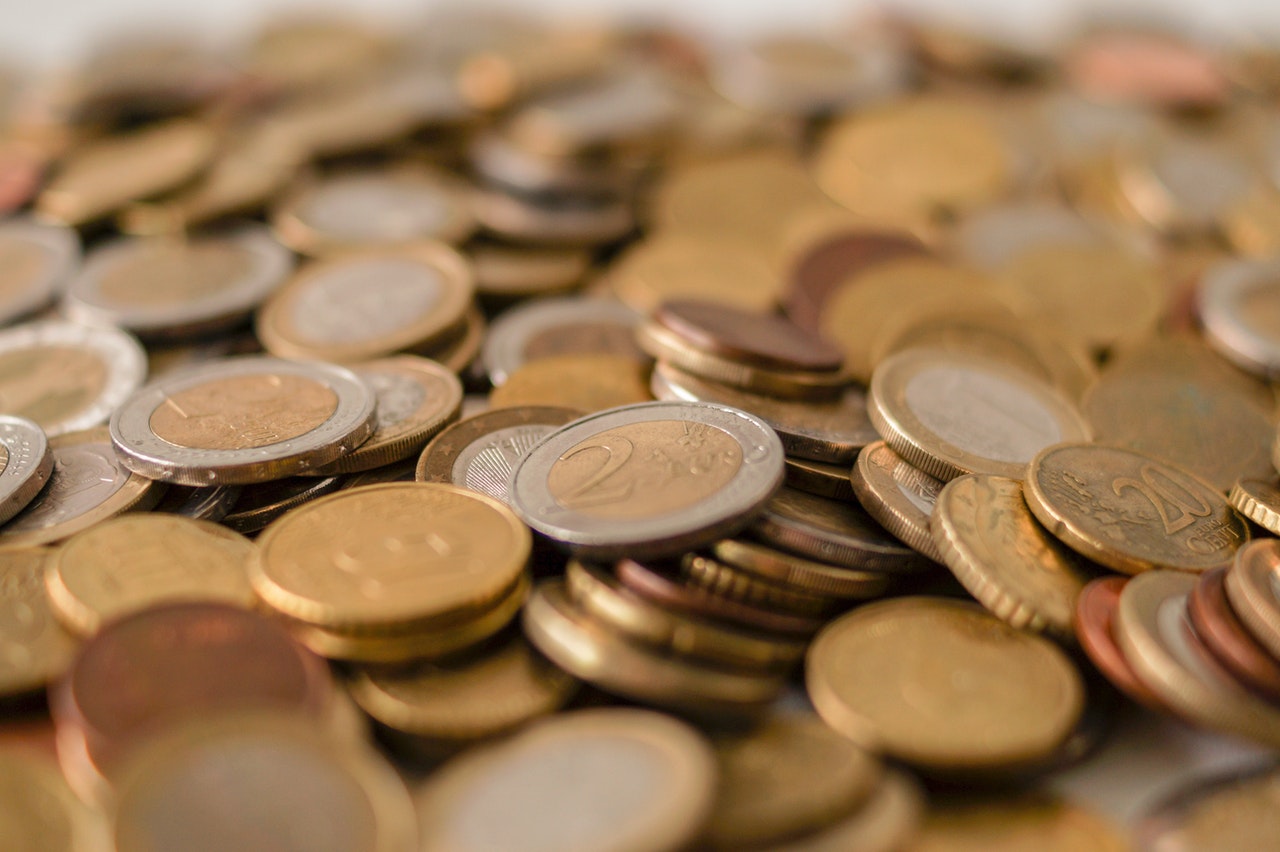
In the era of the digital revolution, the application market is booming, with billions of downloads every year. It is a visibility tool which therefore becomes essential for companies wishing to develop their activities. But, in addition to being used for the promotion of a professional, an application can also generate regular income. In this article, we are going to discover the main ways to monetize desktop app.
How to monetize an application?
To monetize an application, several solutions are available to you. The first, often the least used, is to offer a paid application in the stores. This diagram is irrelevant but straightforward since the downloads of a paid application are much lower than those of a free application. Therefore, the best solution is to opt for the in-app purchase, in other words, the purchase in the application after its free download.
Another great idea is to use SDK for desktop software monetization. By monetizing the non-personal data of users, you will easily earn money without risking anything and without any effort. Moreover, SDKs can be combined with other monetization methods, which is pretty convenient.
Let’s now take a look at some other ways to monetize desktop app.
Free application and in-app purchase: the winning combo?
An in-app purchase is made within an application from a smartphone or tablet. This system allows the publisher of an application to enrich its software by offering new paid features. Even apart from e-commerce or mobile video game applications for which in-app purchases are very frequent, this type of purchase is now found in all kinds of apps.
The principle of in-app purchase is that users can download software for free or not and have access to basic functionality directly. But, to benefit from additional features, they have to pay. You understand the idea, right? Here is a concrete example to illustrate the point.
You can create a photo editing app and make it available to mobile users for free on iOS, PlayStore, or other software libraries. To monetize your app, it will be possible to make certain filters accessible only to premium users who have paid for greater access. Another application may request that you pay something for the removal of ads or for additional services. The possibilities are limitless.

The figures for in-app purchases?
Here are some numbers that should make your mouth water a little more:
- Over 50% of online transactions in Q2 2018 were in-app purchases.
- 7 in 10 millennials made more than one in-app purchase in 2017.
It’s fascinating, isn’t it? We also know that an incredible number of people spend lots of time on their devices, which is usually devoted to applications. However, in order for users to want to pay to get more out of your software, they must be really interested in it. To achieve this goal, do not hesitate to consult a team of professionals who will help you with development (if needed).
What can be offered?
You can offer the following in your application:
- The subscriptions.
- Consumable purchases.
- Non-consumable purchases.
- The purchase of goods.
- In-app purchase by subscription.
A subscription provides access through payment to the content of an application or a service for a given period. Usually, subscriptions renew automatically unless the user cancels them. In some applications, the possibility of choosing a weekly, monthly, quarterly, or even annual subscription is offered.
For example, the Freeletics app is a virtual sports coach with daily training sessions in the form of a weekly subscription.
Paid apps
If your free application already works well, you can make a copy with something more. For example, you can make a “pro” version without ads, with additional content, preview content, or more regular updates. Make it paid – and users will definitely be interested.
Advertising
Another way to make money with your application is to put advertising on it. With advertising you can add a direct advertising banner to places that do not hinder the use of your app or go to the other extreme and add full-screen advertising videos that your users are forced to watch.
Hopefully, we were helpful, and now you know a little bit more about software monetization. Good luck!


